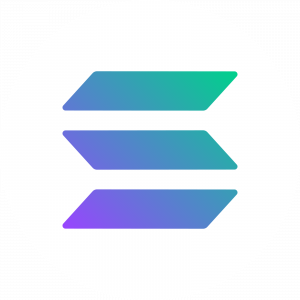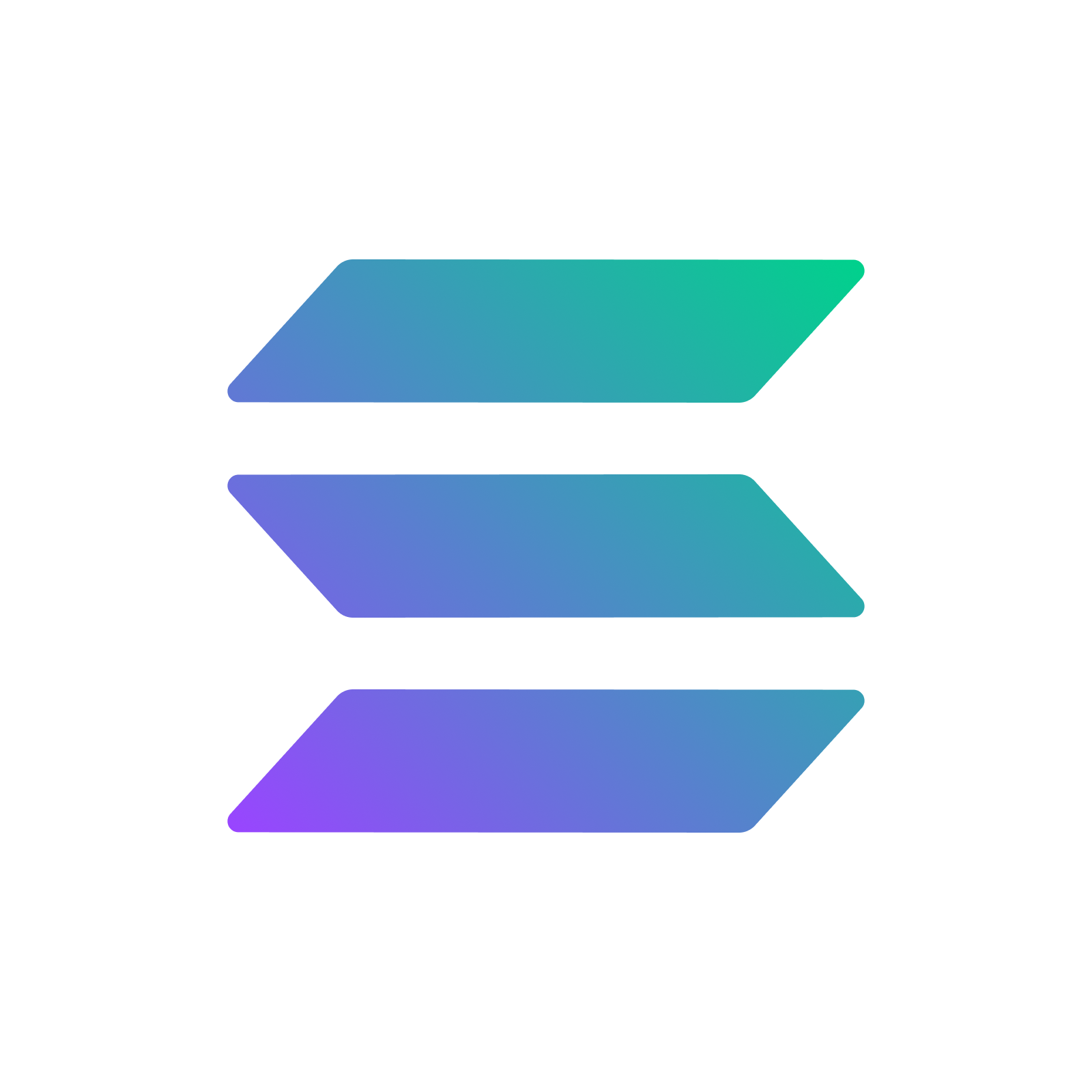
Today I am looking at Solana. No, not the Californian beach, the blockchain project that is currently taking the crypto world by storm. Although, fun fact the project was named after Solana beach by it’s founders.

Solana is a high-performance cryptocurrency Blockchain that supports smart contracts and Decentralized Applications (dapps). Solana’s architecture ensures speed, security, and censorship-resistance. All things that are necessary to achieve global adoption.
The Solana platform supports smart contracts similar to Tezos and Ethereum. This enables developers to build dapps such as high-volume Decentralized Exchanges (DEXes).
According to their website, Solana is super fast, claiming to process up to 50,000 transactions per second. It is designed in such a way as to keep fees low for both users and developers.
How Does Solana Work
Solana’s technology consists of 8 components:
Proof-of-History (PoH)
With traditional consensus methods, all nodes on a Blockchain must communicate with one another to determine that time has passed. Each node submits an upvote or downvote for any given block to show that the block is valid or invalid. A given number of upvotes will be necessary for a block to be considered valid by the network. If a local clock produces a timestamp that widely differs from the time used by other nodes, it can result in a delay in confirmation time or even rejection of the block.
Proof-of-History (PoH) solves this problem and allows the Solana network to process transactions extremely quickly. PoH creates a historical record that proves that an event has occurred at a specific moment in time, like a cryptographic clock. The Solana Network chains messages from nodes about the validity of blocks to provide a relative chronological order of events that functions independently of local clocks and timestamps.
A network node chosen as the leader becomes responsible for generating a PoH sequence. This leader sequences messages for maximum efficiency and throughput. The ordered output transfers to replicator nodes called Validators. These Validators handle verification of the consensus algorithm. There is always one leader on the network, chosen via Proof-of-Stake (PoS) elections. Solana’s PoS system relies on a Byzantine Fault Tolerance (BFT) mechanism called ‘Tower Consensus.’
Any Validator node is eligible for selection as the PoH leader. If any failures transpire within the PoH generator, the Validator with the next highest voting power replaces the original leader.
Tower Consensus
Solana runs a Tower Byzantine Fault Tolerance consensus mechanism on the Proof-of-History (PoH) protocol.
Tower BFT leverages the PoH as a clock before consensus to reduce communication overhead and latency. In many aspects, this consensus bears a resemblance to the Practical Byzantine Fault Tolerance (PBFT) consensus algorithm.
However, unlike PBFT, Tower Consensus prefers liveliness over consistency. In this system, nodes allow more time for reaching consensus by exponentially increasing their timeouts. Since the ledger is also a trustless source of time, nodes are able to observe and examine timeouts of all network Validators.
Turbine
One of the major challenges with Blockchain technology is the rapid transmission of large amounts of data. Solana solves this by using Turbine. Similar to BitTorrent, Turbine functions optimally for streaming. Data transmits via the User Datagram Protocol (UDP), which speeds up communications since there is no need to formally establish a connection before transferring data.
Turbine implements a random path per packet through the network as leaders (block producers) stream their data. The leader breaks the block into packets up to 64KB in size. For a 128MB block, the leader produces 2,000 64KB packets and transmits each packet to a different Validator.
Each Validator re-transmits the packet to a group of peers called a ‘Neighborhood’. These Neighborhoods then transmit packets to subsequent Neighborhoods.
Gulf Stream
Gulf Stream works by pushing transaction caching and forwarding to the edge of the network. In Solana’s Network, during each block production process, the choice of upcoming network leaders depends largely on their stake.
Since every Validator knows the order of the forthcoming leaders in the architecture, clients and Validators forward transactions to the anticipated leader ahead of time. This allows Validators to execute their transactions earlier, reduce confirmation times, and switch leaders faster. It also reduces the memory pressure on Validators from the unconfirmed transaction pool.
Sea Level
SeaLevel is a Virtual Machine (VM) that schedules transactions. In SeaLevel, the execution of transactions is not the responsibility of the VM. Instead, they undergo hardware execution using bytecode known as Berkeley Packet Filter (BPF), an industry-proven high-performance packet filter.
Pipeline
Pipeline is a Transaction Processing Unit for validation optimization. On the Solana Network, the process of transaction validation makes extensive use of an optimization that is also common in CPU design called ‘pipelining.’ Pipelining is a set of data processing elements connected in series in which the output of one element is the input of the next one.
This ensures that every part of the hardware works efficiently at all times.
Cloudbreak
To achieve network scalability without sharding, Solana uses Cloudbreak as a horizontal scaling solution. Solana’s design principle is to create software that reduces the utilization dependency of hardware. Moreover, Cloudbreak is a data structure that concurrently reads and writes transaction input from across the network.
Archivers
Solana’s network allows every node to replicate information from the Blockchain according to the space available on their hardware. Archivers download their respective data from Validators, and this data is accessible to the network.
Token
Solana’s native coin, SOL, functions as a means for generating staking rewards, paying transaction fees, and PoS voting for governance of the network. In addition, all SOL holders are eligible to become a network Validator or Leader.
Conclusion
Solana is an interesting project that I will certainly be keeping a close watch on. Could it become the Ethereum killer? I’m not sure, but in a short time Solana is making big waves!
In October 2020, Solana partnered with payments platform Circle to enable immediate issuing of USD Coin, a stablecoin pegged to the value to the U.S. Dollar. In turn, Solana provides Circle with an ecosystem of payments, commerce, and financial applications on the Blockchain.
Big news indeed let’s see if Solana can keep delivering!
